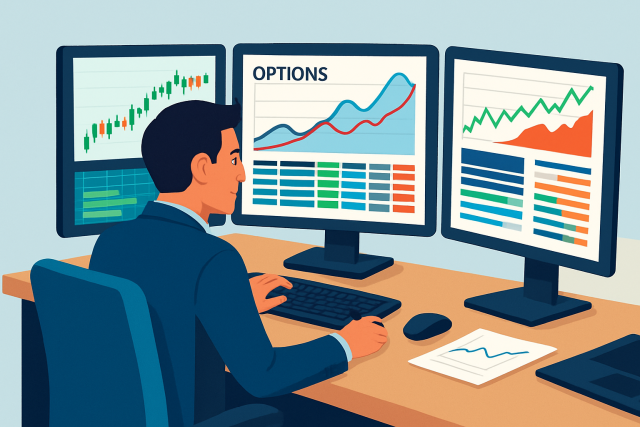
Day Trading Options Strategies
Master day trading options with practical strategies, essential risk management, and step-by-step in...
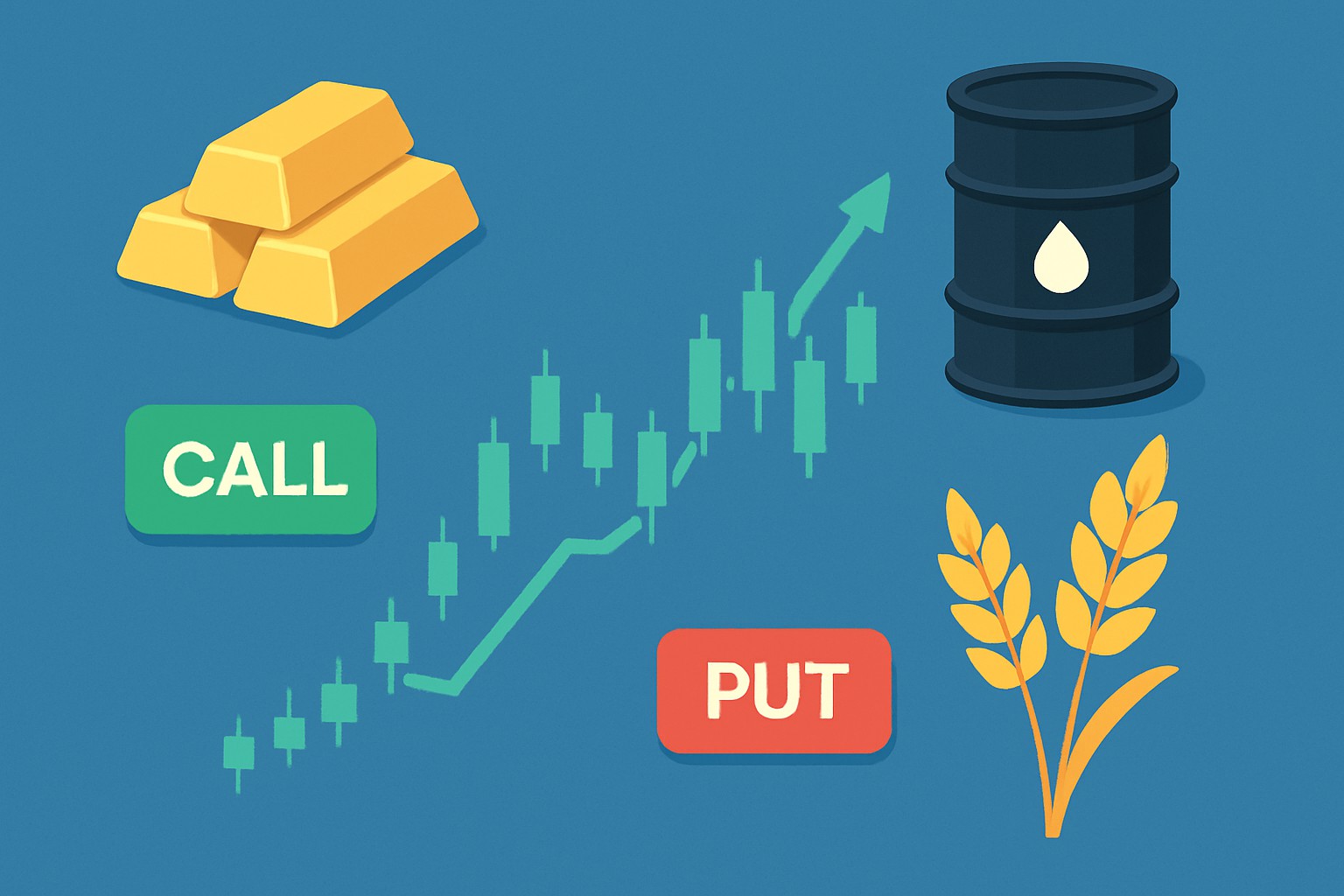
Commodities options trading has steadily gained traction among beginners eager to broaden their investment horizons beyond stocks and cryptocurrencies. This strategy opens the door to key resources like oil, gold and agricultural products while keeping risks relatively transparent and manageable. Picking up the ropes of commodities options trading offers new investors a practical toolkit to juggle risk, capitalize on price swings and shield their existing holdings.
If options trading sometimes feels like a tangled web or a gamble you’re not quite ready for, don’t sweat it
Commodities cover the basics we rely on every day—things like oil, metals and agricultural products that constantly change hands in bustling markets. Options are like VIP passes because they give you the right to buy or sell these commodities at a set price before a deadline arrives.
Commodities options trading buyers score the right to buy or sell, while sellers bear the responsibility to follow through if the contract gets exercised. Unlike futures contracts, options don’t lock you in to buy or sell at expiration.
| Term | Simple Definition |
|---|---|
| Strike Price | The set price at which you can buy or sell the commodity—think of it as the target number you’re aiming for. |
| Premium | The upfront cost you pay upfront to snag an option contract—it’s like the ticket price for getting in the game. |
| Expiration Date | The day the option contract calls it quits and is no longer valid, so don’t miss your chance. |
| Underlying Asset | The commodity the option is based on, like oil—a.k.a. the headliner of this whole show. |
| Intrinsic Value | What you’d pocket right now if you exercised the option—basically, the immediate payoff potential. |
Getting a solid grasp on these basic terms before diving into trading really pays off, since they directly shape your potential risks and rewards. When you’re clear on what strike prices and premiums actually mean, you’re better equipped to make smarter decisions
Pick a commodity that genuinely grabs your attention.
Get a feel for whether you think the price will head north or south and choose a call or put option to match that gut feeling.
Settle on a strike price and expiration date that fit your market outlook and how much risk you are willing to stomach.
Place your trade through a reliable brokerage platform that handles commodities options so you’re not sweating bullets.
Keep tabs on your position and make the call when the time comes. Sell, exercise, or simply let the option slip away quietly.
If you have a hunch that oil prices are about to climb, you might consider picking up a call option with a strike price close to the current market price and set it to expire in about a month. If oil's price shoots past that strike price your option gains intrinsic value and gives you the chance to cash in for a profit or exercise it to buy oil at a bargain price.
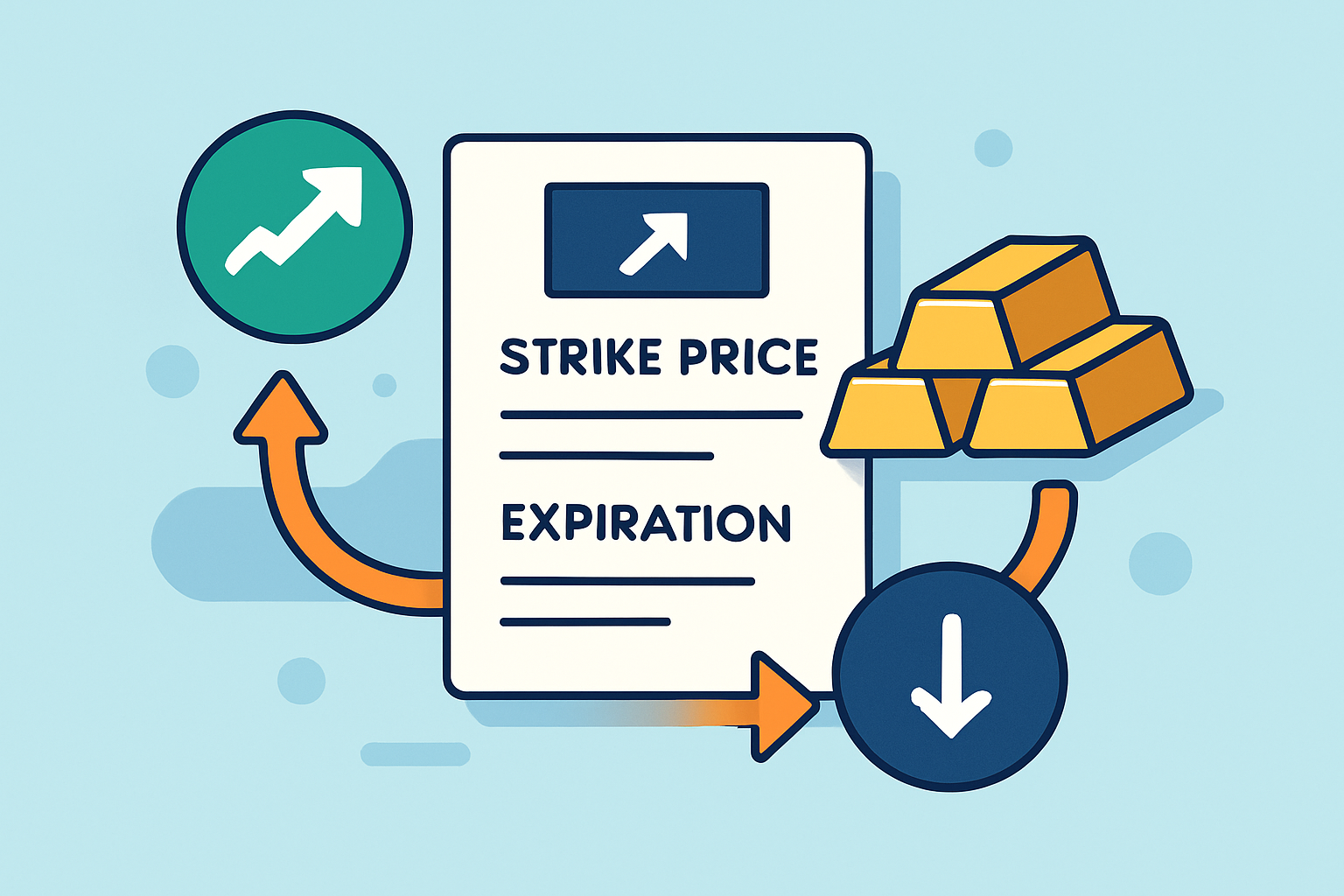
Visual guide showing the steps and components of commodities options trading including call and put options, strike prices, and contract expiration.
Diving into the world of commodities options, you will quickly find it is a bit of a double-edged sword. On one hand, the benefits can be quite appealing, offering special mix of flexibility and potential profitability that has traders coming back for more. On the flip side, though, there are risks lurking in the shadows that demand a keen eye and a steady hand. So, buckle up as we unpack both sides of this fascinating coin, because understanding the balance is where the real savvy lies.
Beginners usually play it safe at the start by focusing on learning the ropes and taking a cautious approach. They often lean toward buying options instead of selling. They dip their toes in with smaller amounts of cash and spend plenty of time tinkering with demo accounts to build up their confidence and experience.
"With the right know-how and a bit of caution, you can definitely keep the risks in commodities options trading in check. From what I’ve seen, rolling up your sleeves with steady learning and regular practice really lays the groundwork for anyone just dipping their toes in."
Beginners usually find their footing by starting with straightforward strategies like buying calls or puts to speculate on price moves, or dipping their toes into covered calls and protective puts to generate income or shield their investments.
Starting off with these straightforward strategies gives beginners a nice confidence boost and a good feel for how options usually behave.
When picking a broker for trading commodities options beginners usually find it’s a real lifesaver to choose platforms with user-friendly interfaces and handy educational resources. They also look for reasonable fees, demo accounts, and customer support that responds in a timely manner.
A lot of brokers offer demo or paper trading accounts that let you dip your toes into commodities options trading without risking a single dime of real cash. I have found that using these free tools is a smart move to gain practical experience in a completely safe space.
Spend some quality time really getting to know the key terms and concepts before you dive headfirst into trading. It pays off.
Give demo accounts a whirl to practice your trades without risking a dime. It’s like training wheels for the trading world.
Start with small trades—think of it as easing into the water rather than cannonballing in—to keep potential losses manageable.
Keep a close eye on your emotions, especially fear and greed so you don’t lose sight of your carefully crafted plan.
Stay curious and keep learning about market trends and the latest news that often send commodity prices on a roller coaster ride.
Gaining confidence in commodities options trading typically takes time and patience and a steady commitment to learning. If you start out cautiously and focus on building your understanding step by step, you’re setting yourself up for long-term success.
Are you looking to navigate the dynamic world of cryptocurrency trading with confidence? Coinbase is the platform you need. As a leading exchange, it offers a user-friendly interface, robust security, and a wide range of digital currencies. Unlock the potential of the crypto market with Coinbase.
Are you ready to elevate your trading game? Binance, the leading cryptocurrency exchange, offers a seamless platform for traders of all levels. With its user-friendly interface and powerful tools, you can navigate the dynamic world of digital assets with confidence.
20 articles published
Transforming the field of forex trading through his systematic approach to currency pair analysis, he focuses on macroeconomic indicators and central bank policy impacts.
Read Posts
Master day trading options with practical strategies, essential risk management, and step-by-step in...
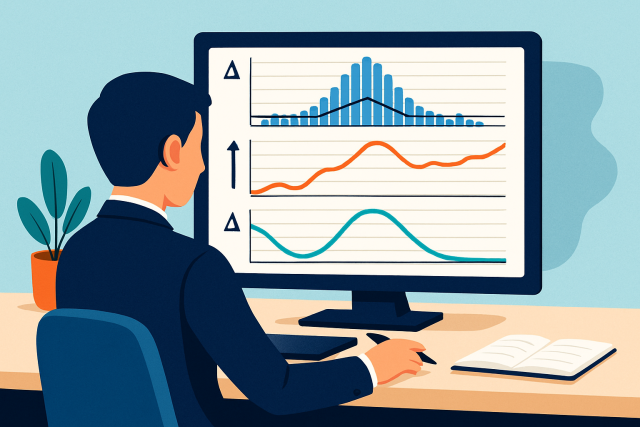
Master delta neutral options trading to reduce directional risk and achieve stable returns. This gui...
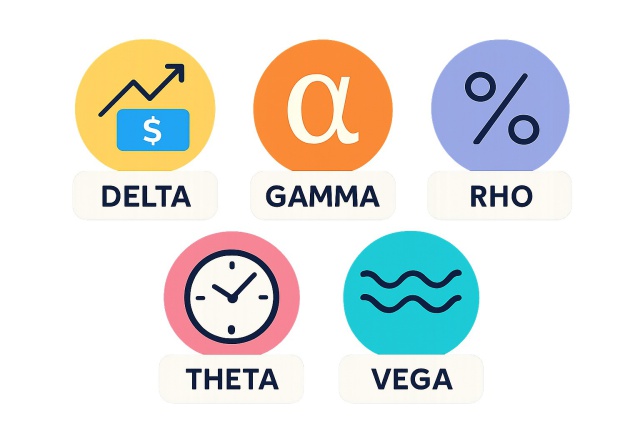
Demystify option trading Greeks with our simple guide. Learn how Delta, Gamma, Theta, Vega, and Rho...
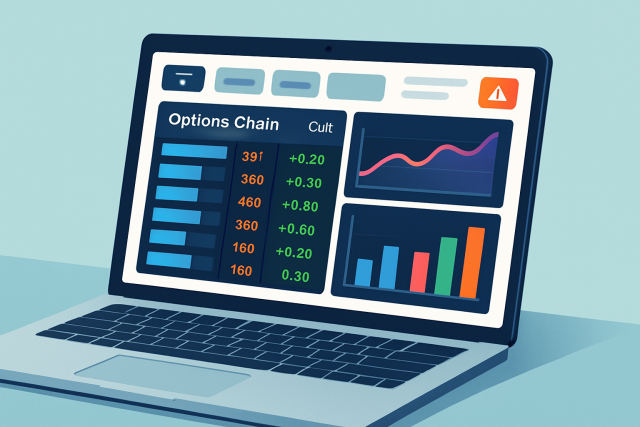
Unlock the power of options chain analysis with TrendSpider’s automated and visual tools to make sma...
